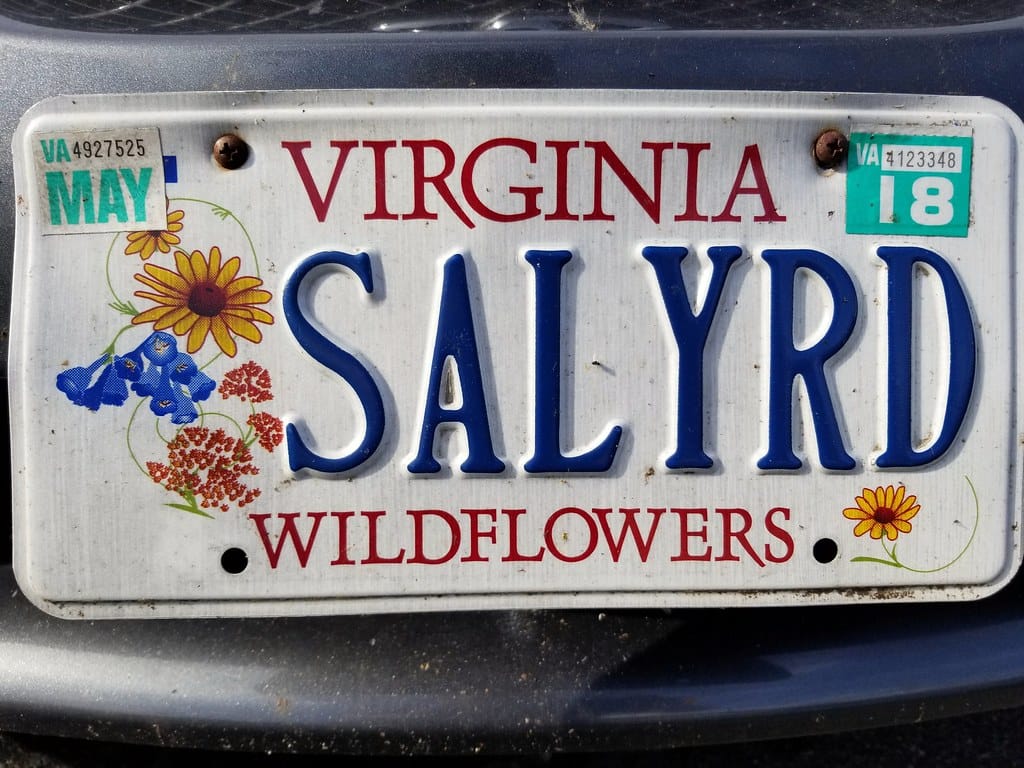Four decades after Sally Ride shattered NASA's glass ceiling as America's first woman in space, her groundbreaking achievement continues to inspire new generations while revealing the personal sacrifices and societal constraints that shaped her historic journey.
A Barrier-Breaking Achievement
On June 18, 1983, Sally Ride made history aboard the Space Shuttle Challenger, becoming the first American woman to reach space at age 32. Her selection from over 8,000 applicants in 1978 marked a pivotal moment in NASA's evolution, as the agency finally opened its astronaut program to women and minorities.
Ride's accomplishment came 20 years after Soviet cosmonaut Valentina Tereshkova became the first woman in space, highlighting America's delayed progress in space diversity. Yet Ride's journey would prove transformative, not just for NASA, but for countless young women who suddenly saw the stars as attainable.
The Weight of Being First
Being a trailblazer came with unique pressures. Ride faced intense media scrutiny that her male colleagues never endured. Reporters asked whether she would wear makeup in space, how she would handle menstruation in zero gravity, and whether the flight would affect her reproductive organs. One journalist even inquired if she would cry if things went wrong.
"It's too bad this is such a big deal. It's too bad our society isn't further along," Ride remarked before her historic flight, demonstrating the grace with which she handled the spotlight while recognizing the work still ahead.
Hidden Personal Struggles
The full complexity of Ride's legacy emerged only after her death from pancreatic cancer in 2012. Her obituary revealed what she had kept private for decades: her 27-year relationship with Tam O'Shaughnessy, making her the first known LGBTQ+ astronaut.
This revelation added new dimensions to understanding the pressures Ride faced. In an era when NASA maintained conservative standards and "Don't Ask, Don't Tell" policies governed military service, Ride navigated her groundbreaking career while concealing a fundamental part of her identity.
Lasting Impact on STEM Education
Following her NASA career, Ride dedicated herself to inspiring young people, particularly girls, to pursue science and mathematics. She founded Sally Ride Science in 2001, creating educational programs and writing children's books about space exploration.
Her efforts contributed to measurable change. According to NASA, women now comprise approximately 34% of the agency's workforce and 28% of senior executive positions. The current astronaut corps includes 16 active female astronauts out of 48 total—a far cry from the all-male roster Ride joined in 1978.
A More Inclusive Future
Today's space program reflects Ride's influence in profound ways. NASA astronauts like Jessica Meir and Christina Koch completed the first all-female spacewalk in 2019. Astronaut Anne McClain, who came out as LGBTQ+ while active in the corps, represents the openness Ride couldn't safely embrace during her career.
The Artemis program promises to land the first woman and person of color on the Moon, with astronauts like Christina Koch, Anne McClain, and Jessica Meir among the candidates. These achievements build directly on the foundation Ride established.
Confronting Complicated Truths
Celebrating Ride's legacy means acknowledging both her tremendous achievements and the societal limitations that forced her to compartmentalize her life. Her story illustrates how even heroes must sometimes make painful compromises, and how progress often comes at personal cost.
Modern discussions about diversity in STEM must recognize these complexities. True inclusion means creating environments where future Sally Rides can excel without hiding who they are.
Looking Forward
Sally Ride's legacy reminds us that breaking barriers is never simple. Her courage opened doors for countless women in science and space exploration, while her private struggles highlight how much further we must go to create truly inclusive environments.
As we celebrate the 40th anniversary of her historic flight, we honor not just her achievements, but also her sacrifices. The most fitting tribute to Sally Ride is continuing her work: inspiring young people to reach for the stars while building a world where they can do so as their authentic selves.
Target Audience: Science enthusiasts, educators, students interested in STEM careers, space exploration followers, women's history researchers, LGBTQ+ community members, general news readers interested in American history and social progress.
